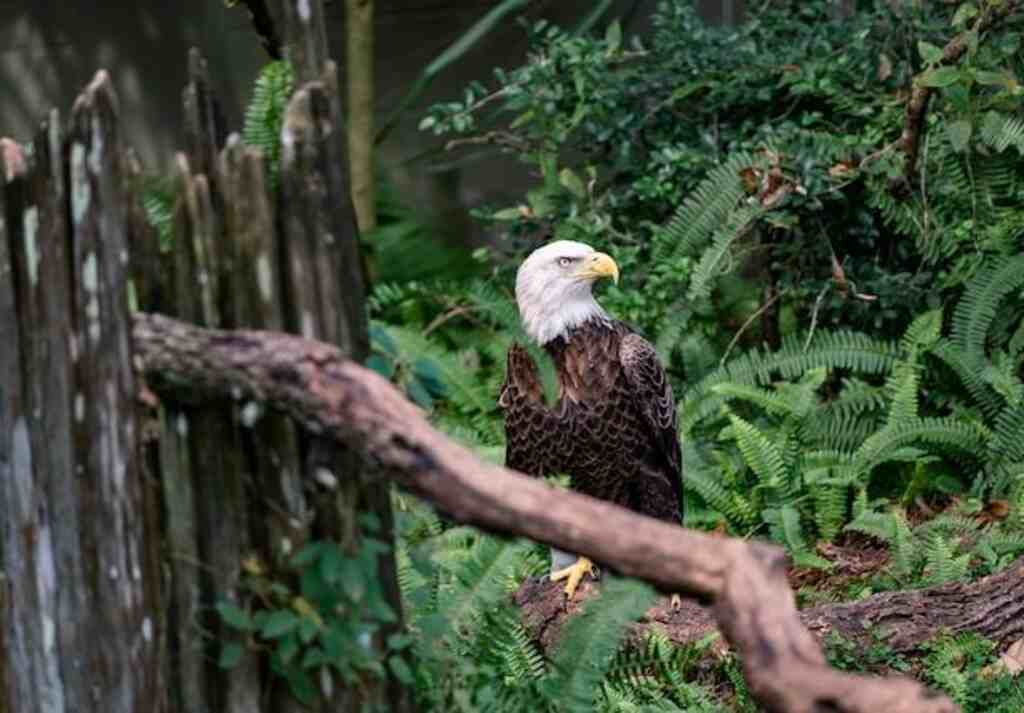How Do Eagles Clean Themselves? Prepare to witness the hidden world of eagle hygiene, where cleanliness reigns supreme amidst their towering magnificence.
These formidable birds boast more than just strength and sharp vision. Delve into their secret rituals, from meticulous preening and soothing baths to strategic dust baths and sun-soaked rejuvenation.
Discover the vital role of cleanliness in their survival and gain a profound understanding of their remarkable adaptability and resilience.
Join us on this enlightening journey and unravel the intriguing ways eagles maintain their majestic allure in the wild!
Table of Contents
- 1 Key Takeaways
- 2 How Do Eagles Clean Themselves
- 3 The Importance of Cleaning
- 4 Preening
- 5 Bathing
- 6 Dust Bathing
- 7 Sunbathing
- 8 Scratching
- 9 Beak Maintenance
- 10 Wing Fluttering
- 11 Frequently Asked Questions
- 11.1 How do eagles communicate with each other during the cleaning process?
- 11.2 Do eagles have any specific preferences for the temperature or quality of the water they use to bathe?
- 11.3 Are there any specific times of day when eagles are more likely to engage in sunbathing or wing fluttering?
- 11.4 Can eagles clean their feathers and beaks using only their own saliva, or do they require outside cleaning agents?
- 11.5 How do eagles adapt their cleaning habits to different environments or climates?
- 12 Conclusion
- 13 Author
Key Takeaways
- Eagles have various techniques for cleaning themselves, including preening, bathing, dust bathing, sunbathing, scratching, and beak maintenance.
- Proper cleaning is crucial for the survival and overall health of eagles, as it helps regulate body temperature, kill bacteria and parasites, and promote feather growth.
- Wing fluttering is an essential part of eagle cleaning, as it helps remove dirt and debris, realign and smooth feathers, and increase flight efficiency.
- Eagles may molt their feathers once a year to replace old and damaged feathers with new ones, ensuring proper nourishment and maintenance during feather growth.
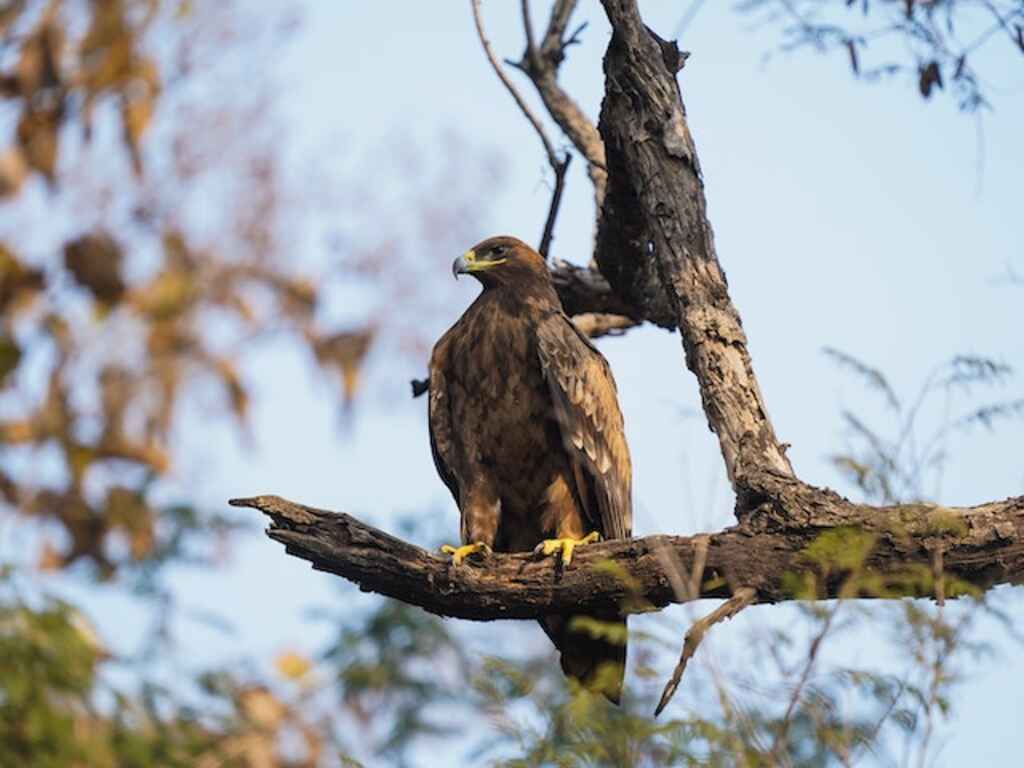
How Do Eagles Clean Themselves
Eagles clean themselves through a meticulous process called preening. They use their beak to remove dirt, align feathers, and spread natural oils for waterproofing.
Preening ensures their feathers stay clean, functional, and in optimal condition for flight and survival in the wild.
The Importance of Cleaning
The act of cleaning is crucial for eagles, as it helps to maintain their hygiene and overall health.
The importance of hygiene cannot be overstated, as it prevents the spread of diseases and infections among the eagle population.
Grooming techniques are therefore essential for eagles to clean themselves and keep their feathers in good condition.
Eagles use a variety of methods to clean themselves, including bathing, shaking off excess water, and preening.
Preening involves the use of the eagle’s beak to remove dirt and parasites from its feathers, which helps to maintain their insulation properties and prevent feather damage.
Additionally, preening helps distribute oils from the preen gland located at the base of the tail, which keeps the feathers waterproof and repels water.
Understanding the importance of cleaning and grooming techniques is crucial to maintaining the health and well-being of eagles.
Preening
Through the meticulous process of feather maintenance, avian predators ensure the longevity and efficiency of their aerial hunting abilities.
One of the main ways that eagles clean themselves is through preening, which involves using their beaks to carefully clean and arrange their feathers.
This process not only removes dirt and debris, but also helps to redistribute natural oils throughout the feathers, which helps to keep them flexible and waterproof.
In fact, this oil secretion is so important that eagles have a special gland located at the base of their tail that produces it.
By taking the time to preen their feathers regularly, eagles are able to maintain their impressive aerial abilities and remain in peak physical condition.
However, preening is just one aspect of eagle hygiene, as they also need to bathe in order to stay clean and healthy.
Bathing
Bathing is a crucial aspect of maintaining an eagle’s overall health and well-being, as it helps to remove dirt and debris from their feathers and skin.
Eagles have two primary types of bathing: splashing in water and rubbing against wet surfaces.
They prefer shallow water areas, such as streams or ponds, where they can stand and splash water onto their feathers. Additionally, eagles will rub against wet grass or bushes to remove dirt and debris.
The frequency of bathing varies depending on the eagles’ environment and food sources.
For example, eagles in coastal areas may bathe more frequently due to the saltwater and fish oils that accumulate on their feathers. Conversely, eagles in drier areas may bathe less frequently.
Overall, regular bathing is essential to maintain an eagle’s aerodynamics, insulation, and hygiene.
The next section will focus on another type of bathing known as dust bathing.
Dust Bathing
Dust bathing is a behavior observed in many bird species, including eagles, where they roll and flap in fine dirt or sand to remove excess oil and debris from their feathers.
This natural behavior is an important aspect of feather care for eagles, as it helps to maintain their feathers’ integrity and function.
The fine dirt particles and sand, which are abrasive in nature, help to remove any dirt, dust, or debris that may be adhered to the feathers.
Also, the movement of the bird in the dust helps to distribute natural oils throughout its feathers, keeping them flexible and healthy.
Dust bathing is just one of the many ways eagles keep themselves clean and well-groomed.
The next step in their cleaning routine is sunbathing, which is another natural behavior that helps to keep their feathers in good condition.
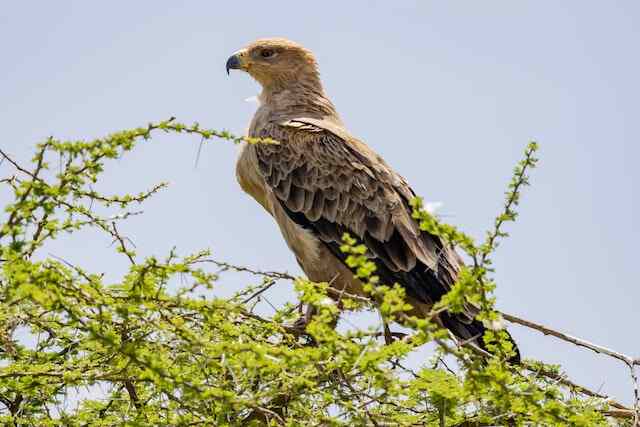
Sunbathing
Sunbathing is a natural behavior observed in eagles that plays a crucial role in regulating the temperature of their bodies and killing any bacteria or parasites on their feathers.
Eagles are known to bask in the sun for hours at a time, and this behavior has numerous benefits.
The sun’s UV rays help to kill any bacteria or parasites that may be present on their feathers, keeping them clean and healthy.
Additionally, the warmth of the sun helps to regulate their body temperature, which is important for their overall health and survival.
However, too much sun exposure can also be harmful, just like in humans. It can cause skin damage and increase the risk of skin cancer.
Therefore, eagles use their instinct to find a balance between the benefits and risks of sun exposure. To understand the importance of sunbathing for eagles, refer to the following table:
| Benefits of Sunbathing | Risks of Sun Exposure |
|---|---|
| Kills bacteria and parasites on feathers | Skin damage |
| Regulates body temperature | Increased risk of skin cancer |
| Promotes healthy feather growth | Dehydration |
| Boosts Vitamin D production | Eye damage |
Next, eagles also have a unique way of scratching themselves, which plays a crucial role in keeping their feathers clean.
Scratching
Scratching is an essential behavior for birds, including eagles, as it serves to remove itchiness and stimulate feather growth.
The process involves using the beak and talons to rub and scrape against the skin and feathers, which helps to remove any dirt or debris that may be present.
Additionally, the act of scratching can also aid in the distribution of oils throughout the feathers, which helps to keep them healthy and waterproof.
Removing Itchiness
Eagles alleviate itchiness by preening their feathers with their beaks and using their talons to reach hard-to-reach areas.
This process helps to remove any dirt or debris that may have accumulated on their feathers, which can cause irritation.
Additionally, preening helps to distribute natural oils throughout their feathers, which provides relief from irritation and helps to keep their feathers healthy.
To further alleviate itchiness, eagles may take dust baths, which helps to remove excess oils and any parasites that may be living on their skin.
By keeping their feathers and skin clean, eagles are able to maintain strong and healthy feathers, which is essential for their survival in the wild.
As such, this process of removing itchiness and maintaining healthy feathers is essential for stimulating feather growth and ensuring that the eagle is able to fly and hunt with ease.
Stimulating Feather Growth
Feather growth in birds can be compared to the growth of a tree, as it requires proper nourishment and maintenance to ensure strength and longevity.
Eagles, like all birds, rely on a healthy diet to obtain the necessary nutrients to support feather growth.
During the molting process, where old feathers are replaced with new ones, eagles require even more nutrients to support the rapid growth of their new feathers.
Additionally, eagles use preening to stimulate feather growth by distributing natural oils throughout their feathers, which helps to keep them healthy and waterproof.
This ensures that their feathers are strong and resilient, which is crucial for their survival in the wild.
As eagles maintain their feathers, they also use their beaks to remove any debris or excess oil that may have accumulated.
This leads to the next topic of beak maintenance, which is equally important for eagle care and survival.
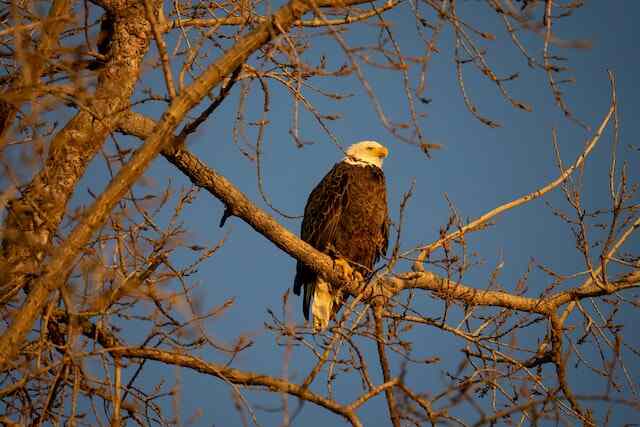
Beak Maintenance
Maintaining their beaks is crucial for eagles to ensure their ability to hunt and consume prey efficiently. Eagles have a hooked beak that is used to tear apart their prey.
The beak is also used for preening feathers, removing dirt and parasites that accumulate on their bodies.
Beak polishing is an essential part of eagle maintenance, as it helps to remove any rough edges that may have formed.
The beak is also used for feather smoothing, which helps to keep the feathers aligned and reduces drag during flight.
Eagles use their beaks to groom themselves and their mates, as well as to communicate with other eagles.
By keeping their beaks in good condition, eagles can maintain their hunting prowess and ensure their survival in the wild.
With their beaks in good condition, eagles can move on to the next step of their self-cleaning routine, wing fluttering.
Wing Fluttering
During wing fluttering, the eagle rapidly flaps its wings in a synchronized motion to remove dirt and debris from its feathers.
This behavior is not only a means of cleaning, but also serves as a form of wing exercise that provides the bird with aerodynamic benefits.
The fluttering creates a buffeting effect that can help to loosen dirt and debris that has become embedded in the feathers.
In addition, the motion also helps to realign and smooth out the feathers, resulting in increased efficiency during flight.
This behavior is an important aspect of eagle maintenance, as it not only ensures that the bird is clean, but also helps to maintain its ability to fly with precision and speed.
Frequently Asked Questions
How do eagles communicate with each other during the cleaning process?
Eagles communicate during grooming with a range of vocalizations, including chirps, screams, and whistles. Social grooming can help build mate bonds and strengthen social relationships. This behavior is an important aspect of eagle socialization and can serve to maintain social cohesion within a group.
Do eagles have any specific preferences for the temperature or quality of the water they use to bathe?
Water temperature and quality are important for eagle hygiene. Feather cleaning agents are activated by warm water, but not too hot, to prevent damage. Eagles have been observed bathing in both fresh and saltwater, indicating they have no specific preference.
Are there any specific times of day when eagles are more likely to engage in sunbathing or wing fluttering?
Eagles engage in sunbathing and wing fluttering at various times of the day. Environmental factors such as temperature and wind speed can affect their frequency. These behaviors may aid in cleaning and maintaining feather health.
Can eagles clean their feathers and beaks using only their own saliva, or do they require outside cleaning agents?
Eagles possess extraordinary self-cleaning abilities that surpass the capabilities of any cleaning agent. They use their beaks and specialized feathers to remove dirt and debris while their saliva acts as a natural disinfectant, making their feathers germ-free and hygienic.
How do eagles adapt their cleaning habits to different environments or climates?
Eagles possess a range of adaptive techniques to maintain feather care across diverse environments and climates. These include preening, dust-bathing, and sunbathing, which enable them to remove dirt, parasites, and excess oil from their plumage and maintain optimal flight performance.
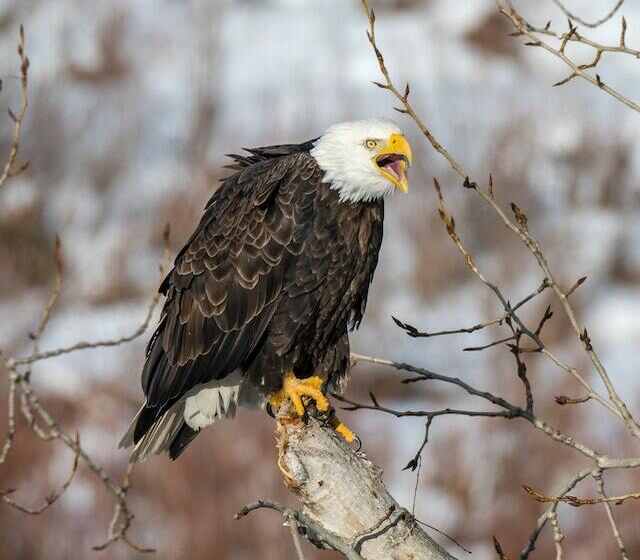
Conclusion
The cleanliness of eagles is of utmost importance for their survival. These birds have developed various grooming techniques to maintain their hygiene, including preening, bathing, dust bathing, sunbathing, scratching, beak maintenance, and wing fluttering.
Preening involves using the beak to remove dirt and parasites from feathers. Eagles also take regular baths to clean their feathers and skin.
Dust bathing is another technique that involves rolling in sand and dirt to remove excess oil and dirt.
Sunbathing helps to dry and warm up feathers, while scratching helps to remove any remaining parasites or dirt.
Beak maintenance is crucial for eagles, as it ensures that they can efficiently hunt and feed. They use various objects to sharpen and clean their beaks, such as rocks and branches.
Wing fluttering is also important, as it helps to remove excess water and dry feathers.
In conclusion, eagles have evolved various grooming techniques to maintain their cleanliness and hygiene.
These techniques are essential for their survival in the wild and help to prevent disease and infection.
It is fascinating to observe the complex grooming behaviors of these majestic birds, and one can appreciate the importance of their hygiene for their well-being.

